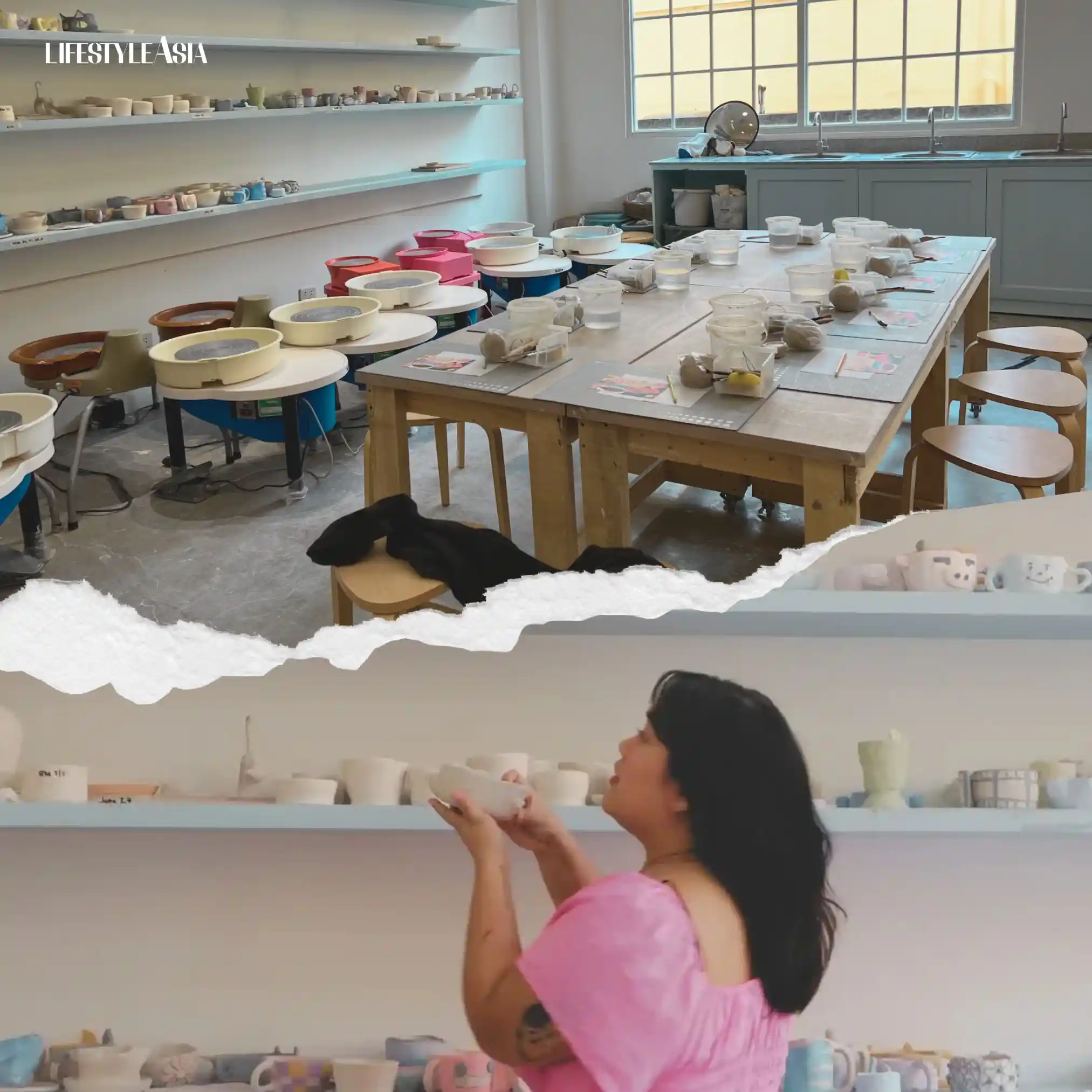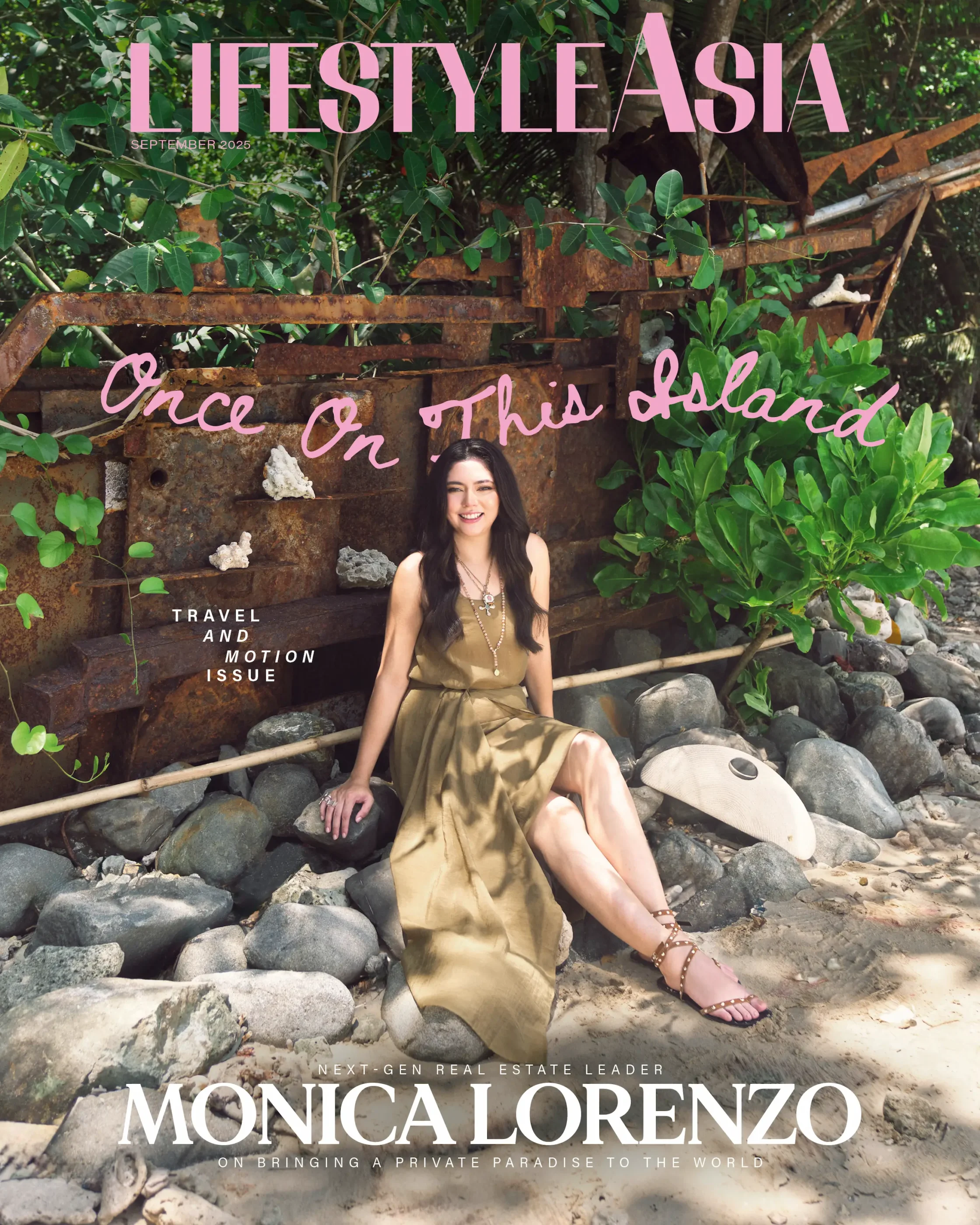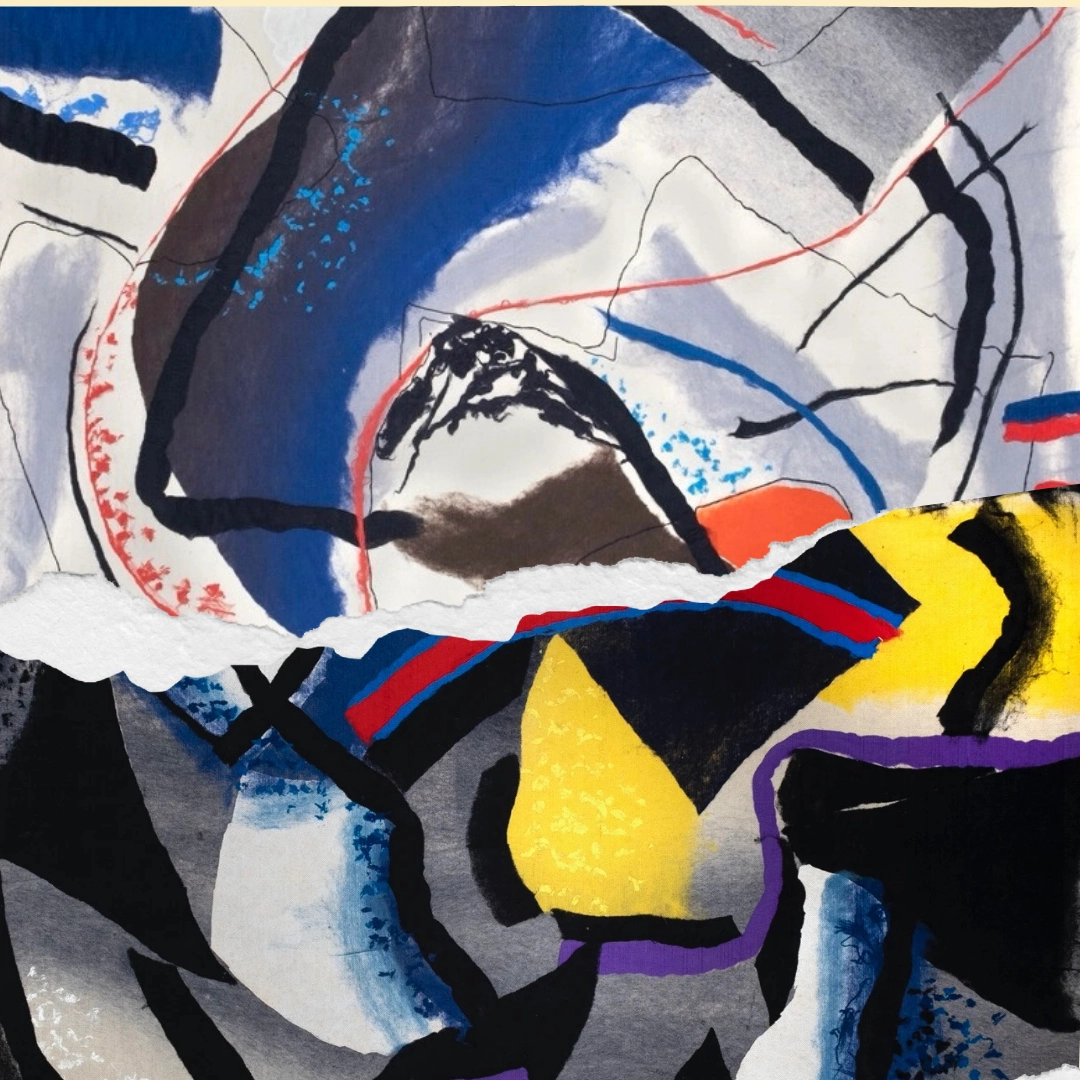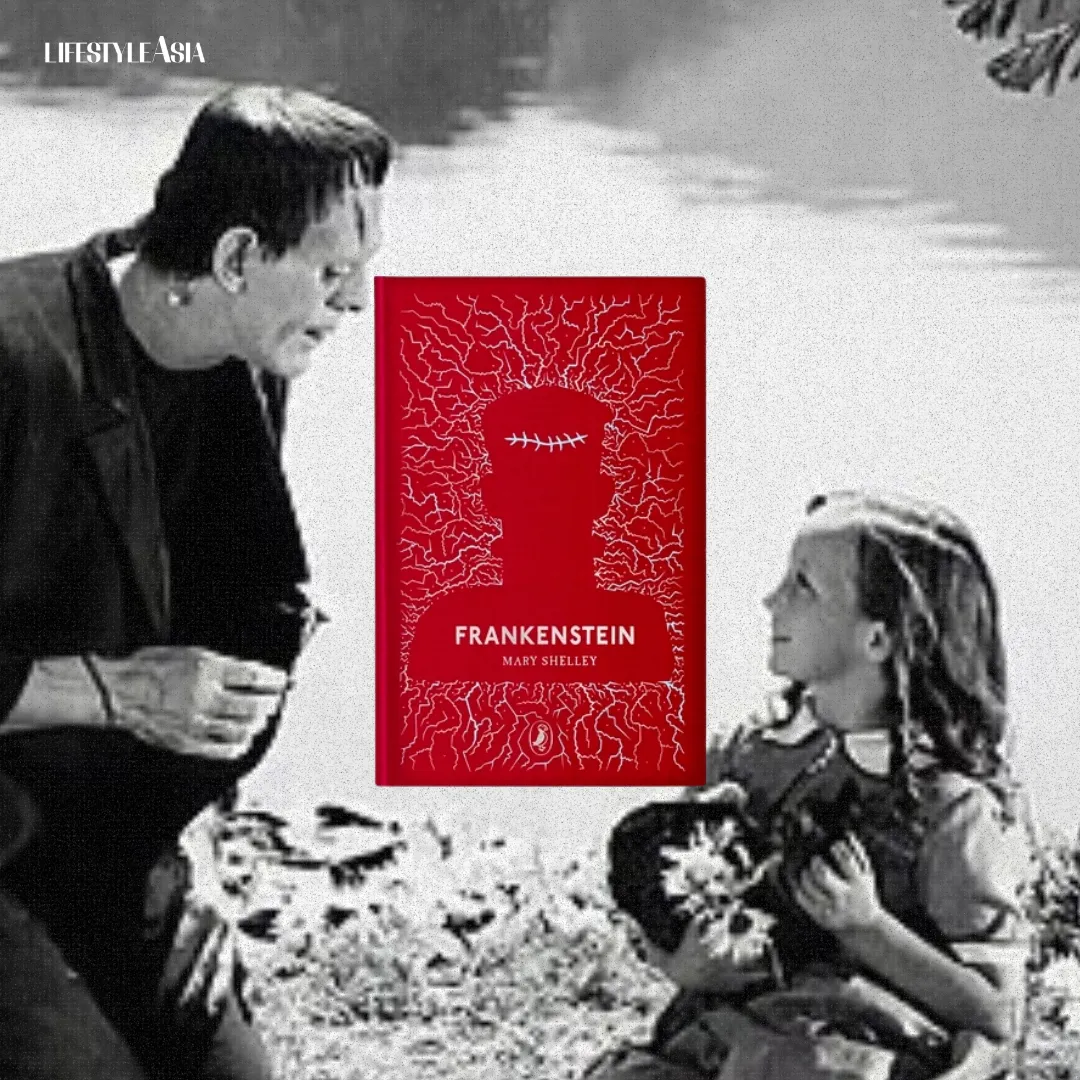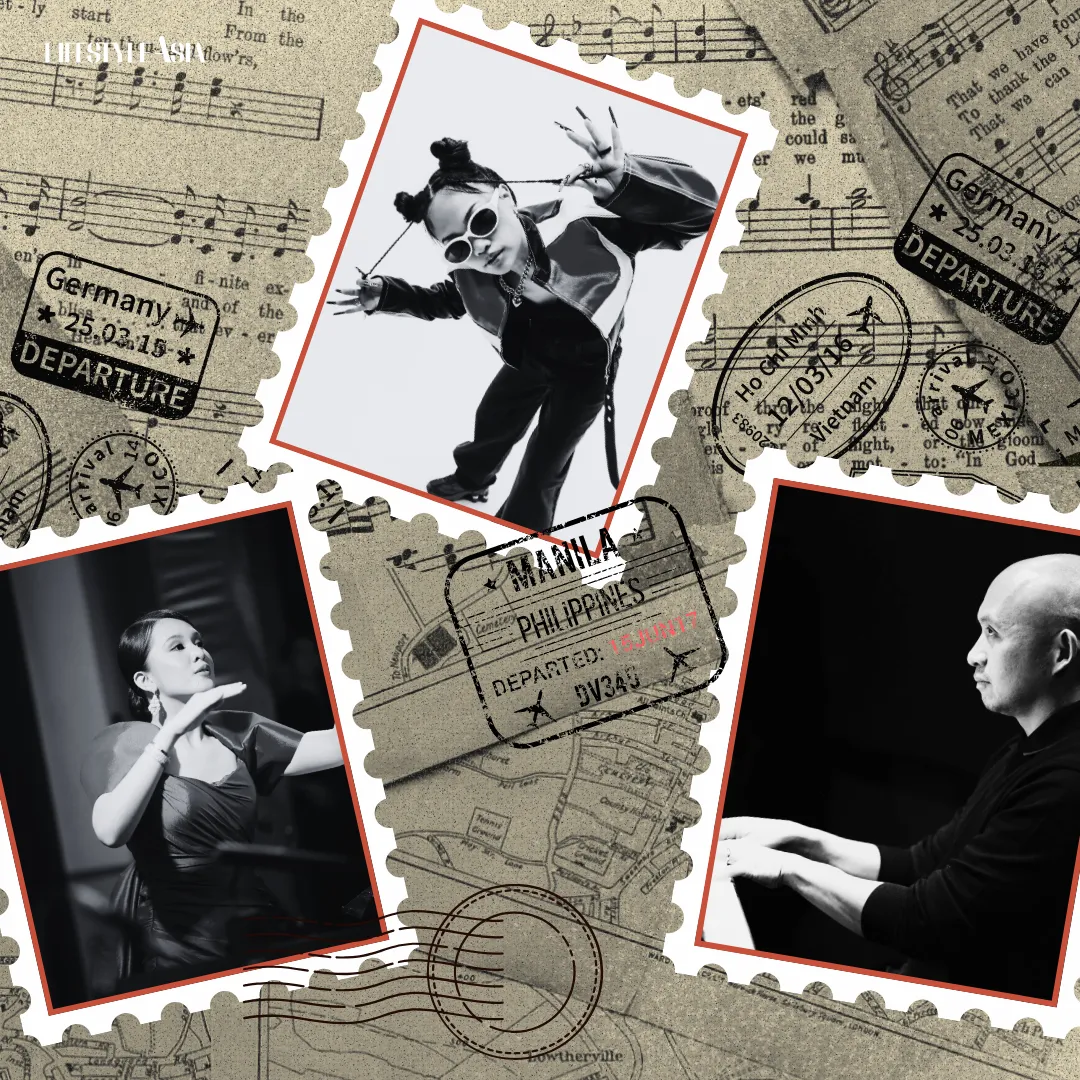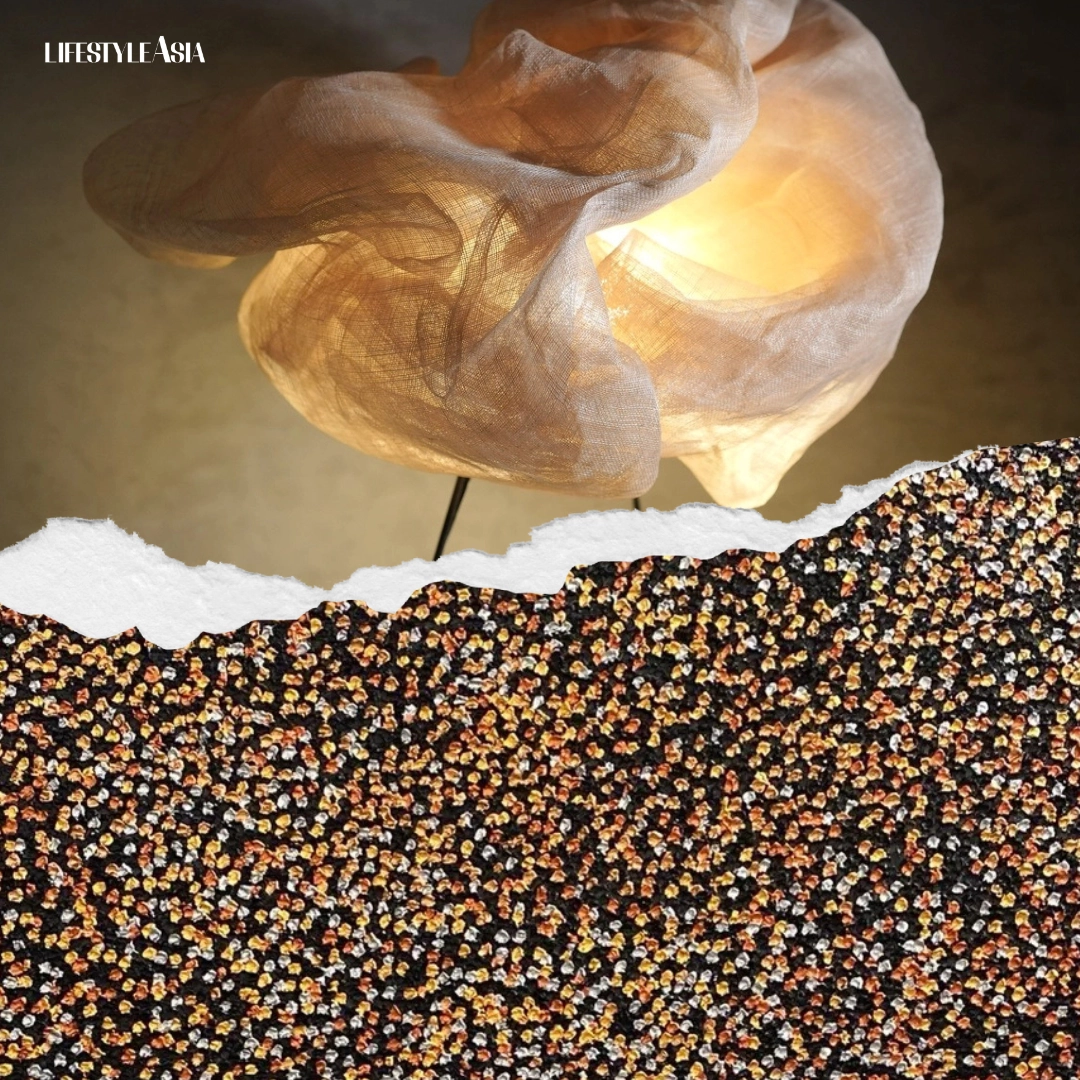Bumi & Ashe founder Marita Galvez discusses the art space’s new Makati branch and her ongoing mission to make art accessible to everyone in the Philippines.
Like many during the pandemic, Marita Galvez picked up a new hobby: pottery. You might assume she tossed the clay out the window, as most of us did with our lockdown pastimes once the world reopened. After all, making art tends to get in the way of “work”—the supposed priority in our capitalist society. But if that had been the case for Galvez, the art workshop company Bumi & Ashe wouldn’t exist today—much less have just opened a second branch in Makati.

Even after the pandemic, Galvez said people continue to crave creativity. She describes it as a “universal need” to express oneself, one that shouldn’t be gatekept. “I believe artists should not be starving,” Galvez says. Thus, Bumi & Ashe was born: with a mission to make art accessible, especially for those who doubt their ability to become artists.
READ ALSO: PRIDE: Nuyda Estate Launches Archival Prints By Justin Nuyda
Where The Bumi & Ashe Story Begins
When she first started making pottery, Galvez recalled the process as inaccessible. Classes cost upwards of PHP 15,000, kilns (ovens used to bake pottery) were hard to come by, and even if you did find one, there was no guarantee when—or if—you’d get your finished piece. She said this uncertainty could easily discourage aspiring artists from trying something new.
Her experiences in the Philippines stood in stark contrast to what she observed while studying pottery abroad. There, she saw her skills flourish and realized the potential Filipinos could unlock if they had greater access to creative resources. Art felt “normalized”–so much so that making pottery felt like a casual Sunday afternoon activity, where people caught up with friends over their freshly made vases.
“That’s the manifestation of making art accessible in those countries,” Galvez says, talking about her time abroad. “It’s a fantastic way to build community. It makes people have a sense of belonging. I think that’s really important.”
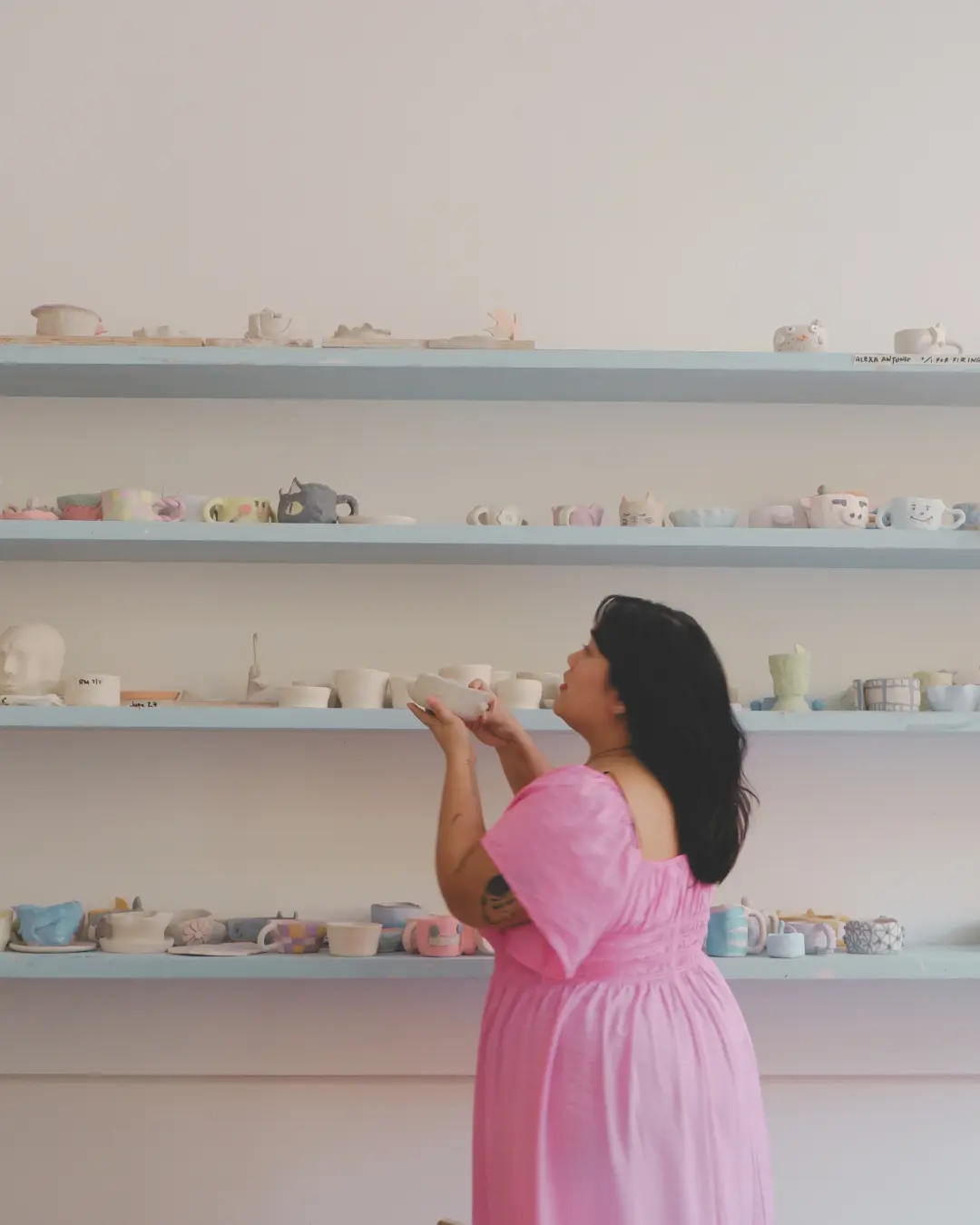
Hunting That Thing Called Accessibility
Bumi & Ashe hopes to make creative outlets accessible through their “taster” workshops. Unlike other pottery classes that require students to commit to an expensive package of lessons, Bumi & Ashe offers single-session classes in various artistic mediums, allowing aspiring artists to explore their interests before spending thousands of pesos. Best of all, no prior experience is required for any of the workshops.
Aside from pottery, they also offer rug tufting and silver making (yes, silver!). With the opening of the new Bumi & Ashe Makati branch, Galvez also teased the company’s upcoming glass-blowing workshops, aiming to expand the range of creative outlets available to consumers.
While they target people new to handicrafts, the company continues to be an outlet for already established ceramists. On their website, they offer firing services, allowing clients to use their kilns without the hassle of finding one themselves. In addition, Bumi & Ashe also sells their own clay, pottery tools, and glazes at affordable prices.

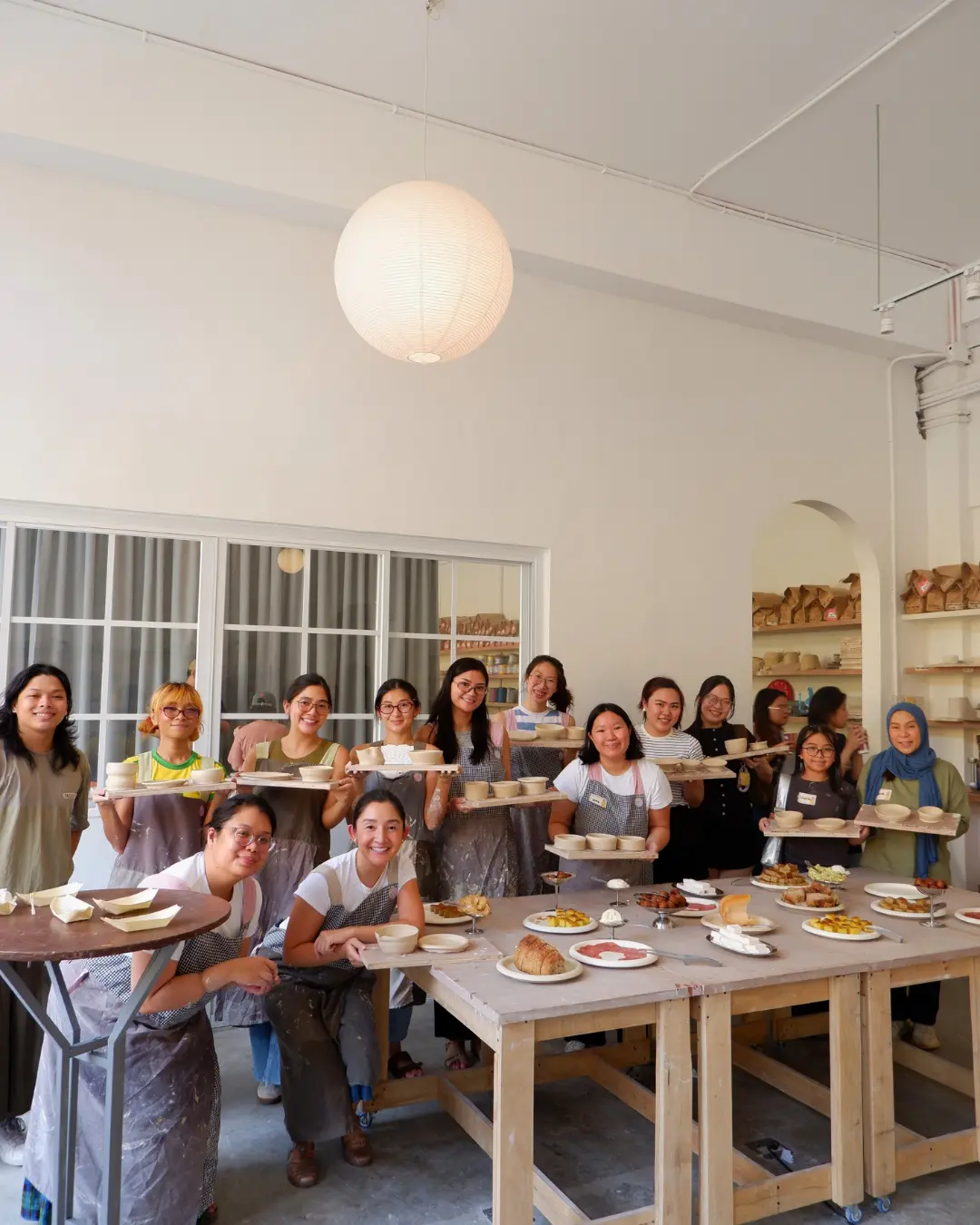
Galvez has ensured that Bumi & Ashe fosters a warm, welcoming atmosphere, whether you’re a seasoned creative or simply beginning to explore your artistic side. After all, she doesn’t consider herself an artist, but rather a businesswoman who happened to fall into pottery. Her belief is simple yet powerful: anyone within a community has the potential to create and deserves the opportunity to try.
Following the successful launch of their Makati branch (an exciting next chapter after their first Cubao location), Galvez reflects,“I just don’t believe that we’re [doing] anything special. I think we’re just really providing what people want […] where people crave expression and a wholesome place to be.” Having attended the grand opening event, fittingly titled “Made in Makati,” I can attest that Galvez has a clear grasp of what resonates with the local creative community.
Under Bumi & Ashe’s Roof
Etched between the cracks of two greying concrete buildings on the streets of Makati lies a wonderland-like purple door—a liminal space between the reality of the city and an artist’s cabin. Follow the yellow brick wall and you’ll find a lone sign above, welcoming you to Bumi & Ashe in a bright white halo bloom.
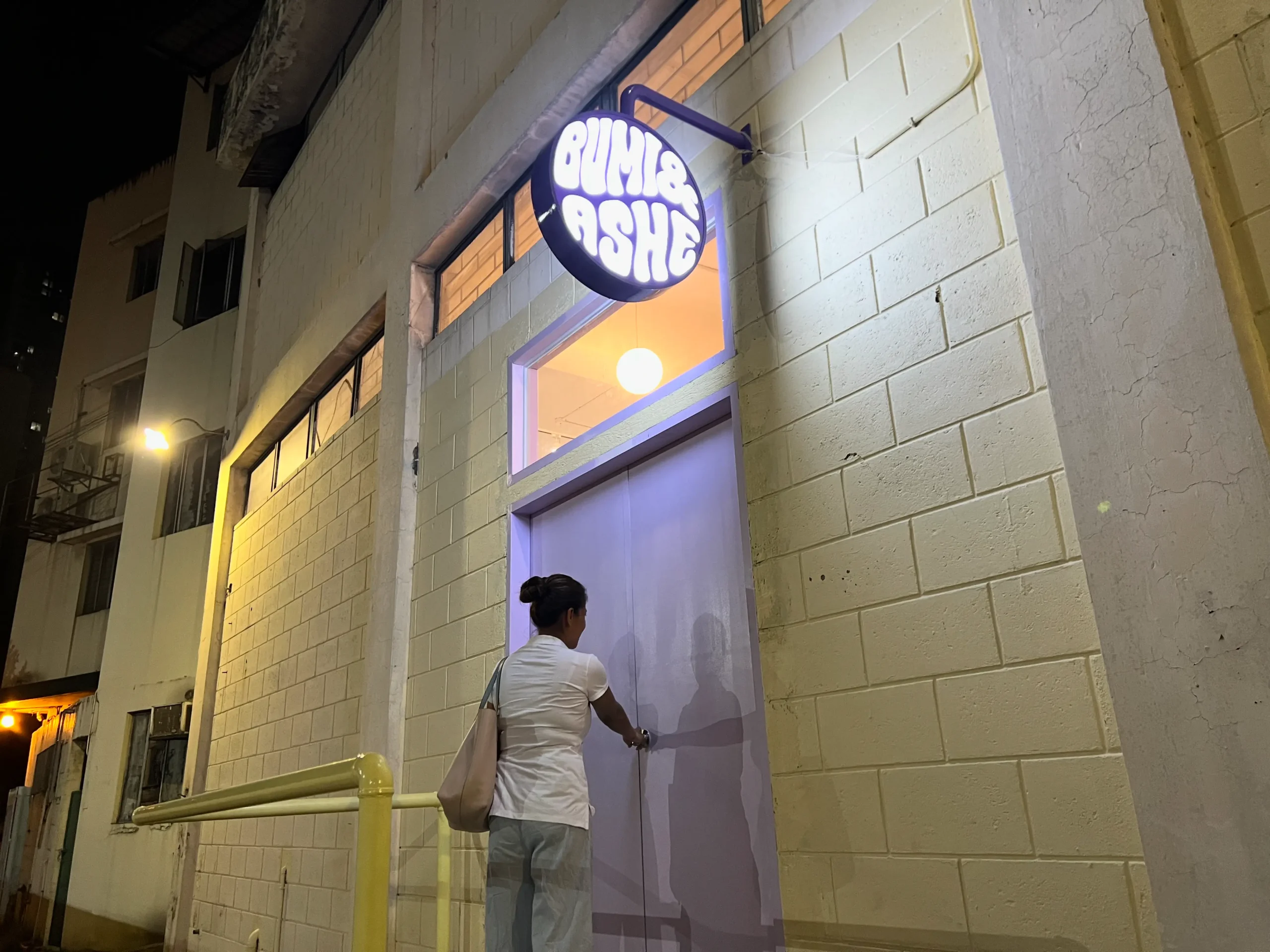
The world outside was quiet, save for the occasional car barking in traffic. The street’s lonesome nature made it feel as if the door before me didn’t exist—at least not until I opened it and stepped into a marketplace of art, alive with music and teeming with artists of every style, dressed in every color.
This was “Made in Makati,” a celebration of the opening of Bumi & Ashe’s newest branch. Several art workshops ran simultaneously, while the booths of small businesses crowded the main entrance. Already, I could see that this place fostered community, giving self-made businesses a chance to sell their own art. You could find everything from handmade clothes by OUR PARAISO to your daily dose of matcha from Café Deuces.

Owners would even leave their booths to chat with guests participating in the workshops. I was lucky enough to have met Chino Cruz, founder of Baker on East, who shared with us his journey in developing his now-famous donuts. This kind of collaboration, Galvez explained, was her way of giving these “underdogs” a chance—highlighting the importance of fostering connections among artists under Bumi & Ashe’s roof.
But beyond the busy stalls of clothes and food was the main event. I peered into the hall, and found myself inside an artist’s crowded mind: shelves upon shelves of yarns, glazes, finished pieces, and works-in-progress, all teasing what’s to come. As I walked through the space, I saw open rooms—some with rugs waiting to be tufted, others with slabs of clay ready to be shaped—with not a single door to hide it all. The atmosphere was so inviting, I couldn’t help but want to begin.
READ ALSO: Parabellum: Art After Dark With Artu Nepomuceno
Finding My Way Back To Art
As an artist myself, I felt my heart catch in surprise. Being a college student, I don’t often have the time to create. So when I found a place where that was all I was meant to do, I couldn’t resist putting on an apron and getting to work. My friend and I joined the plate and paint workshop, where I shaped and painted my own dessert plate. There’s just something about getting your hands dirty. At every step, I was eager to see what would happen next.
Seated at a U-shaped table, I found myself caught between friend groups joking from one side to the other. At times, I even joined in the laughter with strangers I had never met before. I must have gotten carried away, because three hours passed in a blink, and I was the first to finish my plate. It ended up looking like a piece of buttered blueberry toast, painted in the perfect shades of sunshine yellow and berry blue. In that moment, I was reminded of how happy art made me—especially when I wasn’t too busy to simply sit down and create.
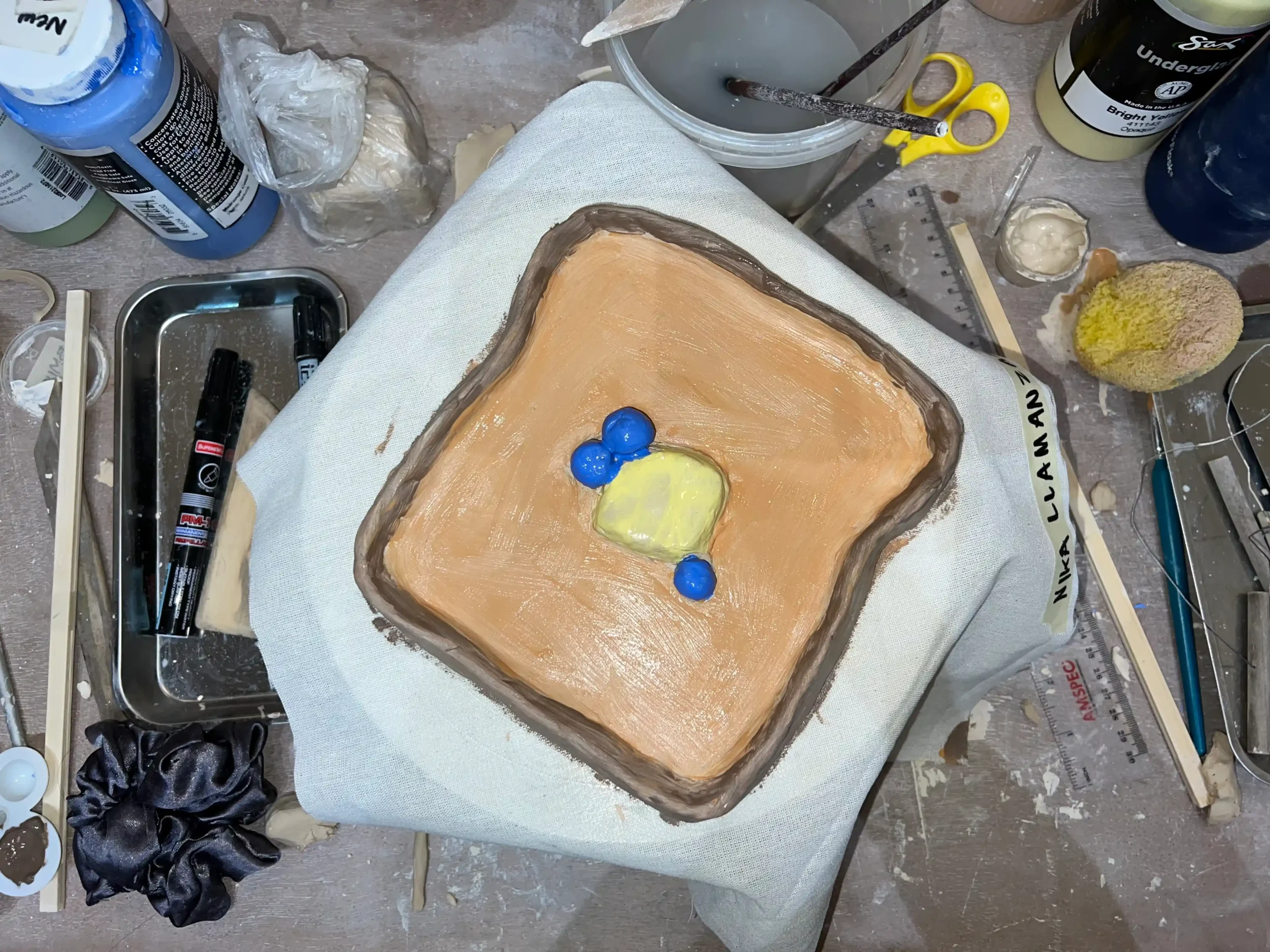
Seeing everyone show off their pieces, I knew they felt the same. When I spoke to my seatmate, Beatriz Bagus, she told me she was more of a math person, but she wanted to try something new anyway. “This [workshop] was harder than I expected,” Bagus said. “It forced me to unlock and squeeze out all my creative juices… It’s fun. I didn’t feel judgement even while struggling.”
As with any business, Bumi & Ashe isn’t perfect. While the open spaces were inviting, hosting several workshops at once can lead to a lot of noise. As someone who gets overstimulated easily, this made it harder to fully enjoy the process. Not everyone had a complete set of supplies either. It can be cumbersome to share the same rolling pin with three other people. In spite of their commitment to accessibility, Bumi & Ashe must balance how many people they can accommodate with how many they want to invite, given their limited supplies and studio space.
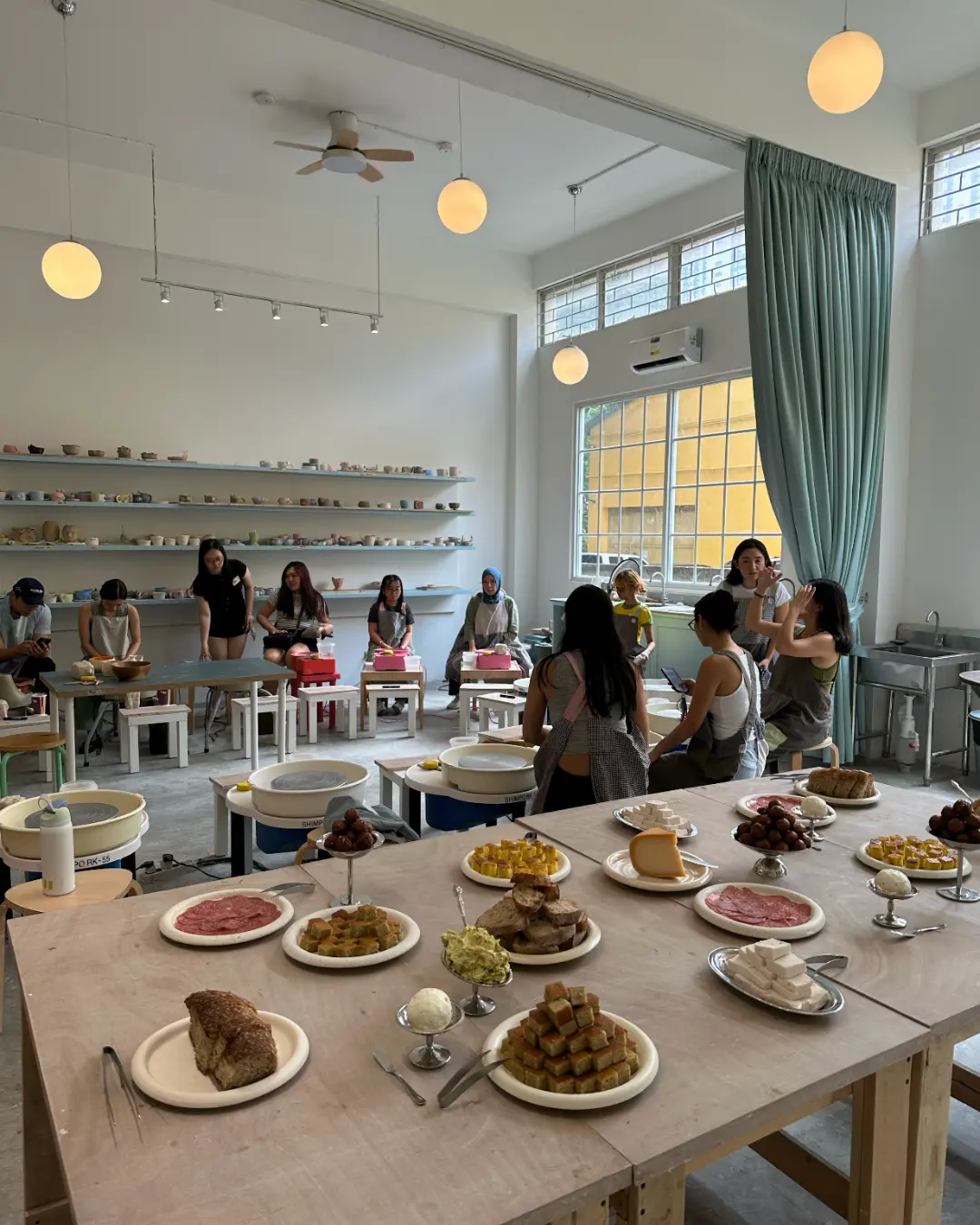
Overall, however, this experience highlights just how much Galvez has accomplished in meeting our need to create. Through this one workshop alone, she is able to provide a safe space for people of all skill levels to express themselves and connect. With Bumi & Ashe, Galvez demonstrates the importance of making art accessible, especially in a country full of creatives whose potential has yet to be fully realized.
Bumi & Ashe is located at 7230 Malugay, Makati City.
